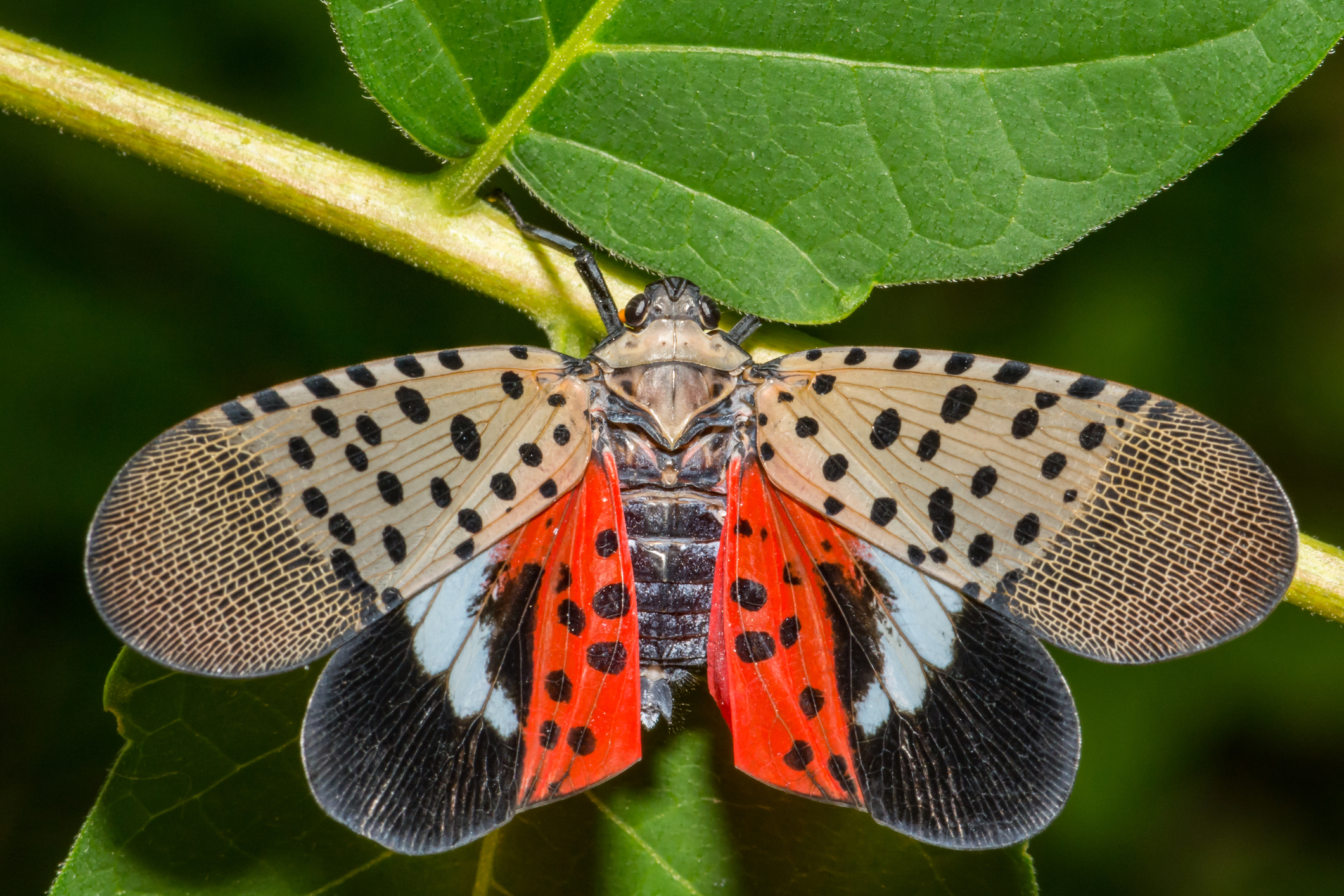TOMS RIVER, NJ – They’re back! Spotted lantern flies have been spotted across Ocean County, getting read to begin their annual path of destruction.
The government says you need to kill them on sight.
“SLF is a serious invasive pest with a healthy appetite for our plants and it can be a significant nuisance, affecting the quality of life and enjoyment of the outdoors. The spotted lanternfly uses its piercing-sucking mouthpart to feed on sap from over 70 different plant species. It has a strong preference for economically important plants and the feeding damage significantly stresses the plants which can lead to decreased health and potentially death,” New Jersey officials said. “If you see a Spotted Lanternfly, help us Stomp it Out!”
The arrival of warm weather brings many joys, from outdoor picnics to blooming flowers. However, along with these pleasant experiences, there’s one unwanted guest that has been making its presence felt in recent years – the Spotted Lantern Fly.
Originally from Asia, these invasive pests have made their way to North America, causing concern among homeowners and gardeners. But fear not! In this blog post, we’ll explore what Spotted Lantern Flies are, the potential threats they pose, and most importantly, how to keep them away from your yard.
The Spotted Lantern Fly (Lycorma delicatula) is a striking insect with a distinct appearance. Adults have grayish wings adorned with black spots and a vibrant red underwing, making them easily recognizable. However, it’s their nymph stage that causes the most damage. Nymphs are black with white spots, and they are responsible for feeding on the sap of various trees and plants, weakening their hosts.
Spotted Lantern Flies can be harmful to both agricultural crops and native plant species. They have a strong preference for feeding on tree sap, especially on fruit trees like apple, peach, and grapevines, which can lead to stunted growth and reduced fruit production. Furthermore, their feeding activity creates a sticky substance called honeydew, which encourages the growth of sooty mold, further impacting plant health.
Preventing and managing Spotted Lantern Flies requires a proactive approach. Here are some effective strategies to keep these pesky invaders away from your yard:
Regularly check trees, plants, and outdoor items for egg masses, which are brownish-gray and resemble dried mud. Scrape off any egg masses and destroy them to prevent hatching.
Spotted Lantern Flies have a preference for certain plants. Minimize their attraction to your yard by avoiding planting their favorites. If possible, opt for native species that are less appealing to these insects.
If you have a severe infestation, consider using insecticides labeled for Spotted Lantern Flies. Apply these treatments carefully and according to the manufacturer’s instructions to avoid harm to beneficial insects.
Protect valuable trees by wrapping their trunks with sticky bands. Spotted Lantern Flies get stuck on these bands as they attempt to climb up the trees.
Encourage the presence of natural predators like birds and wasps that feed on Spotted Lantern Flies. Attract them by providing suitable habitats and food sources.
Raising awareness about the presence and potential threats of Spotted Lantern Flies is crucial. Work with your local community to ensure everyone is vigilant in monitoring and controlling these pests.
Spotted Lantern Flies may be uninvited guests, but with the right approach, you can keep them from wreaking havoc in your yard. By taking preventative measures and staying proactive, you can enjoy a beautiful and pest-free outdoor space all season long.
